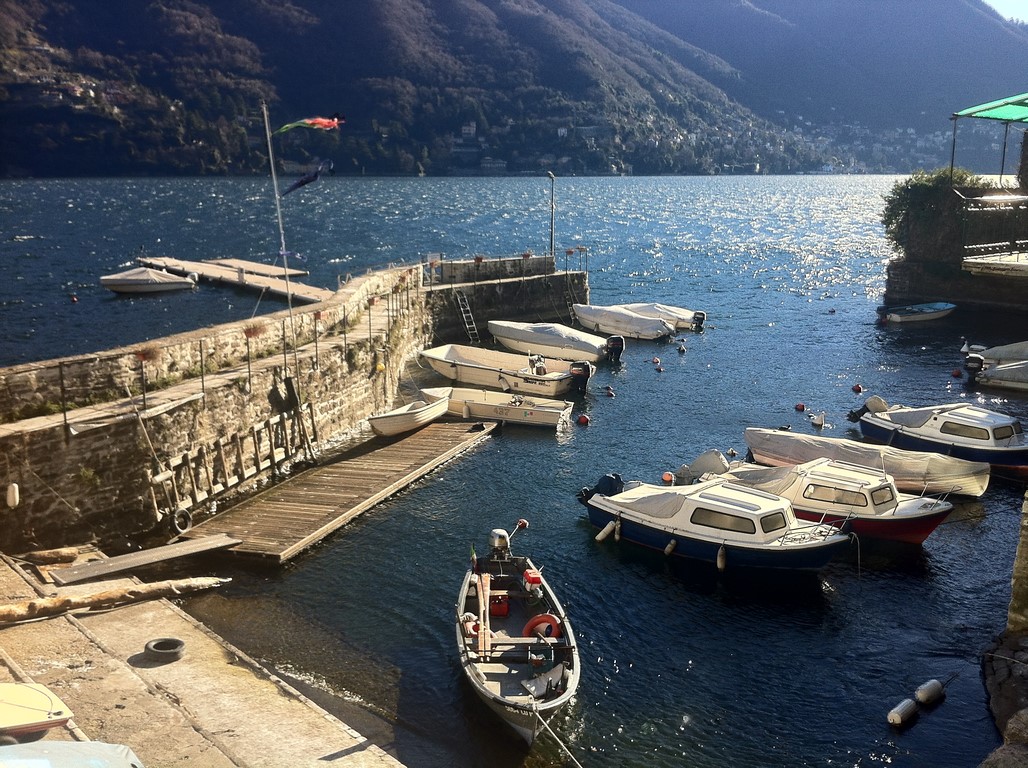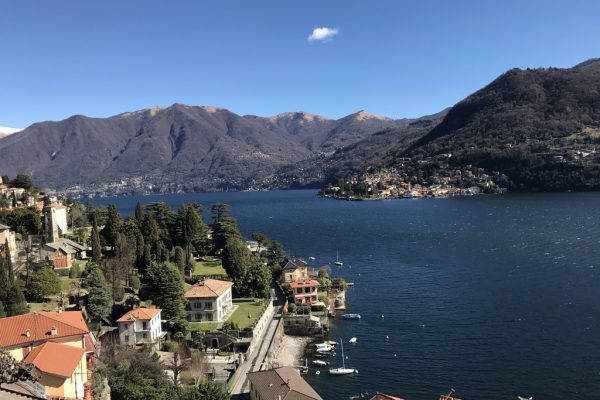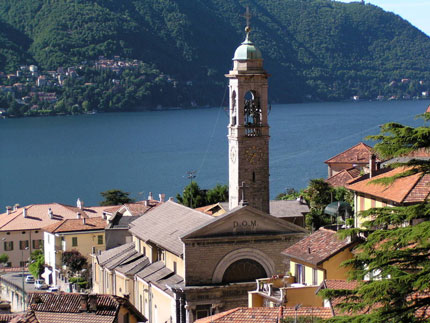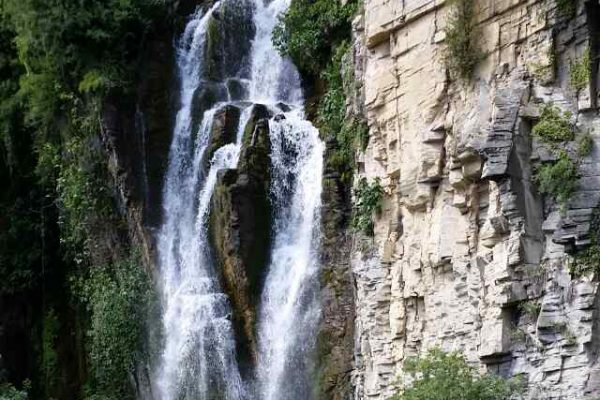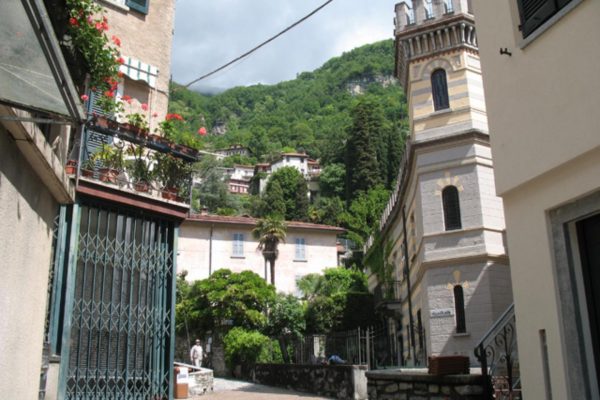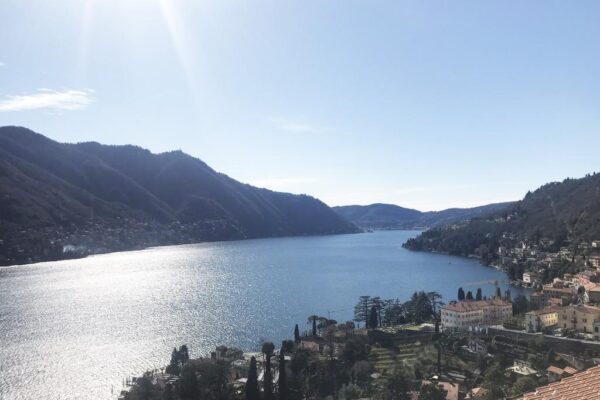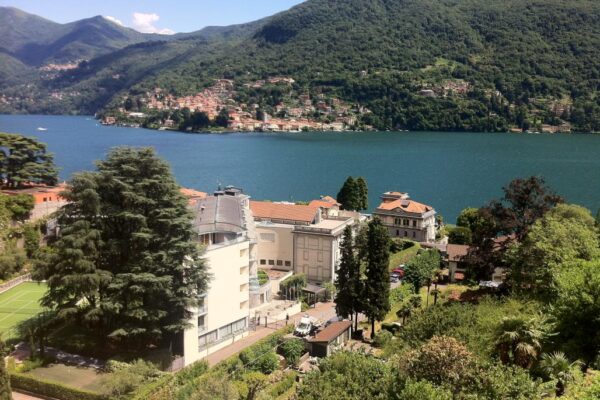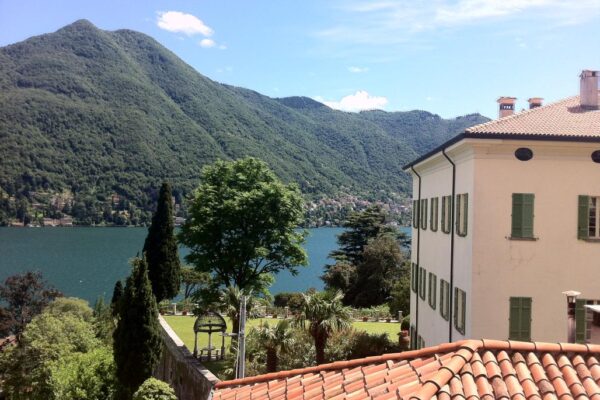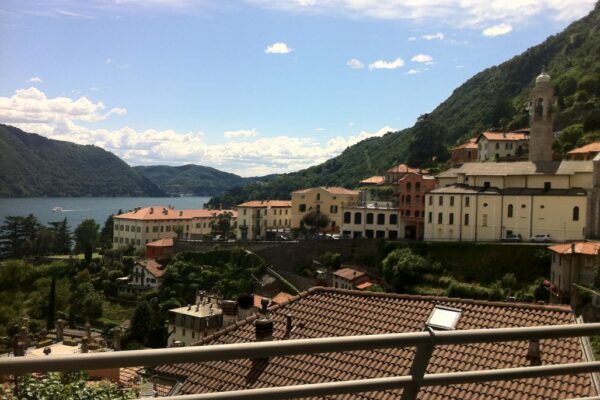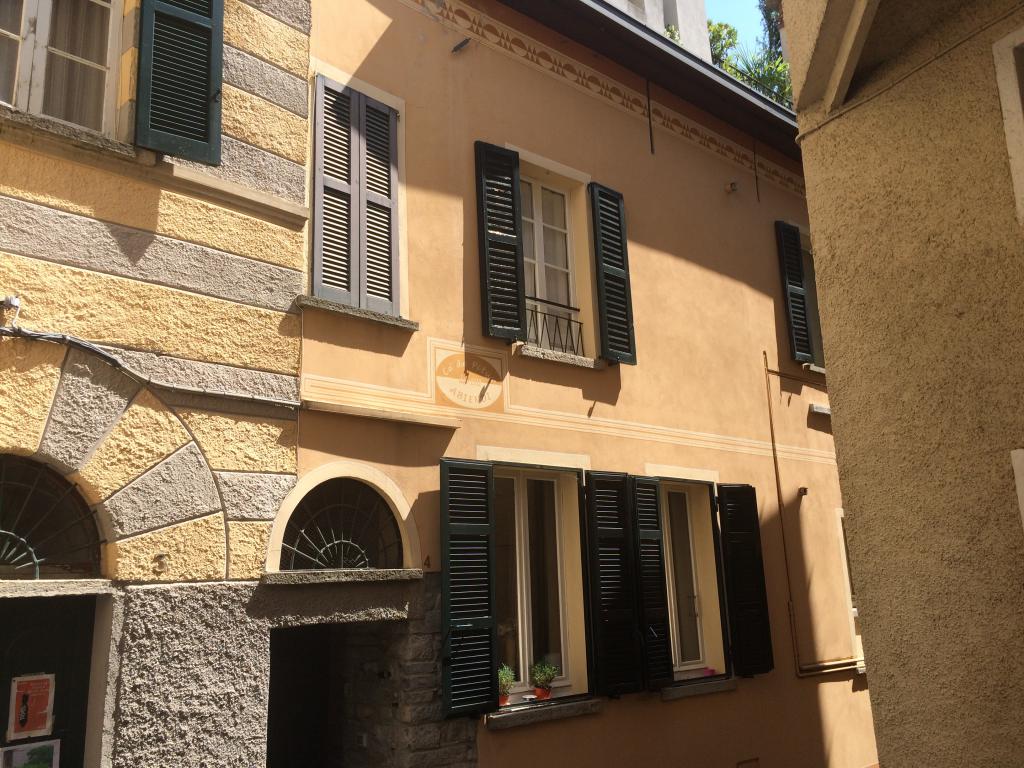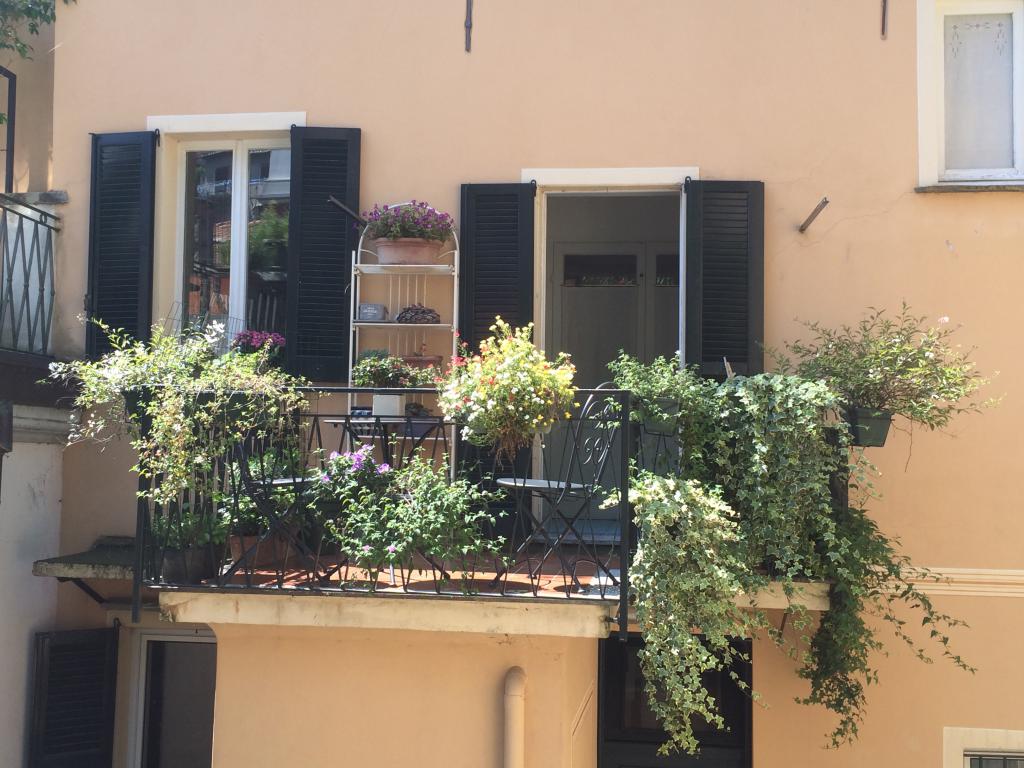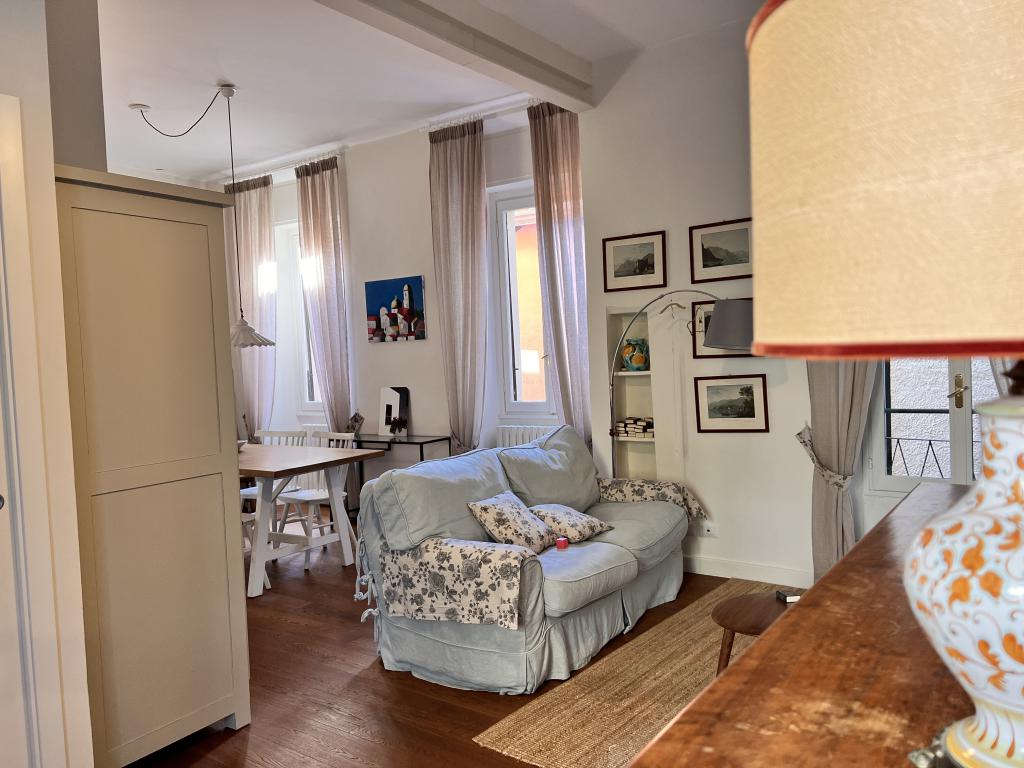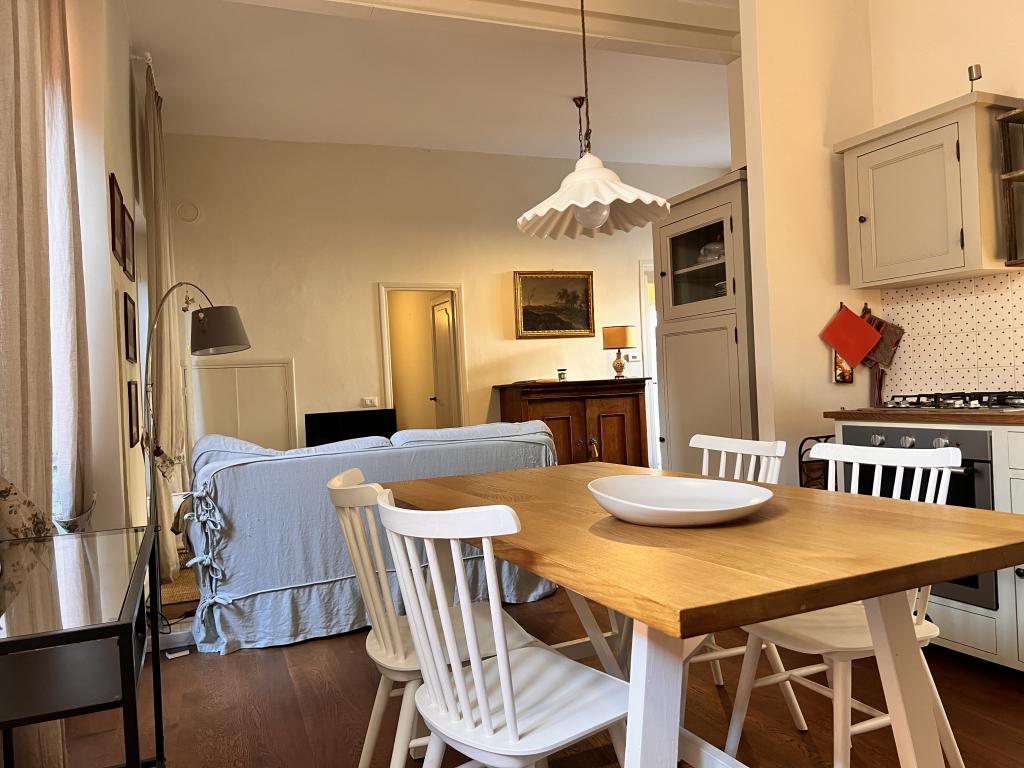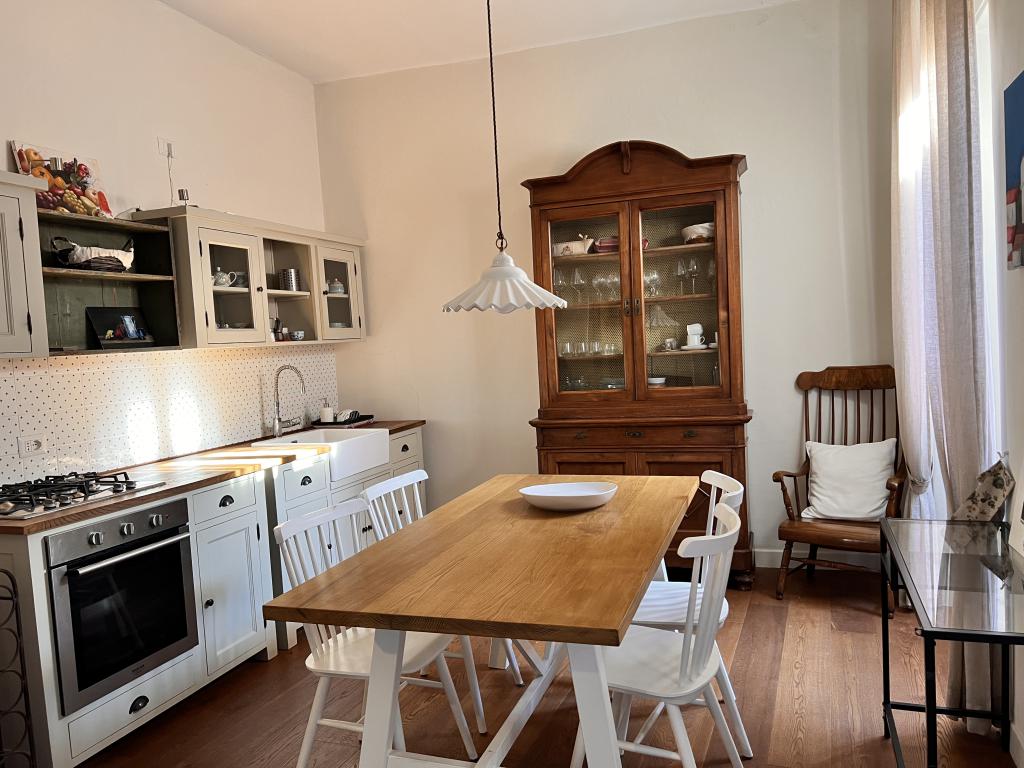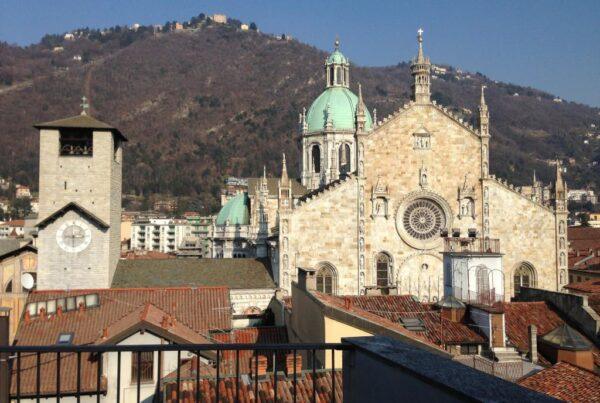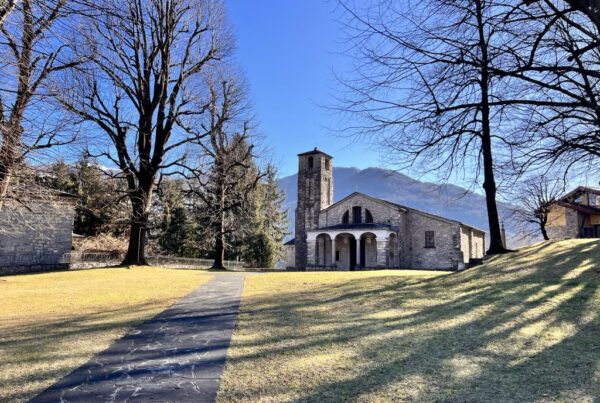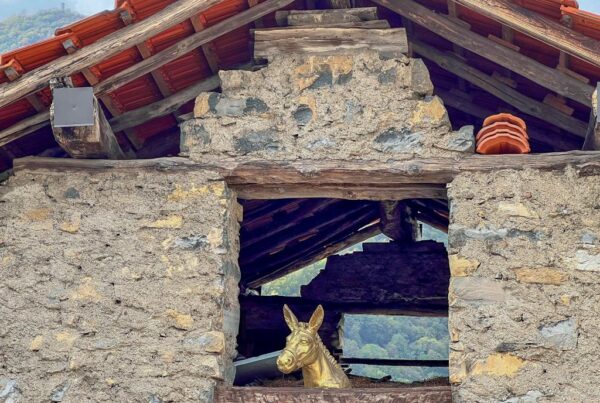Moltrasio
Moltrasio is a charming village on the western shore of Lake Como, known for its scenic beauty, elegant villas, and tranquil atmosphere.
Located only a few kilometers from Como city and close to the Swiss border, it offers residents a perfect blend of Italian lakeside charm and convenient access to larger urban centers.
It could be said that Moltrasio is divided into three main areas: the lakefront part reachable via Via Vecchia Regina, the central part of the town reachable by an internal road, and the highest and sunniest part reachable by the Via called Nuova Regina; all very beautiful and with their own characteristics.
Moltrasio has a range of facilities that make everyday life comfortable and enjoyable; in the village, you’ll find essential services such as grocery stores, pharmacies, and local restaurants offering traditional Italian cuisine; also the village is well-connected by public transportation, with regular bus and ferry services to nearby towns and Como City, where additional amenities such as shopping centers, schools, and medical facilities are available. Moltrasio also has several boutique hotels and guesthouses, ideal for visitors or residents hosting family and friends.
Choosing to live in Moltrasio provides the opportunity to enjoy the peaceful and relaxed atmosphere of an Italian lakeside village while remaining close to modern conveniences. With a blend of natural beauty, convenience, and a strong sense of community, Moltrasio is a highly desirable place to live for anyone seeking an Italian lakeside lifestyle.
Things to Do and Points of Interest in Moltrasio Lake Como
Villa Passalacqua: One of the highlights of Moltrasio, this historic villa is a masterpiece of Italian architecture with beautiful gardens overlooking the lake. While it’s privately owned, the villa’s exterior and gardens are often visible, and its grandeur adds a unique charm to the village.
Sant’Agata Church: it is an authentic gem of Romanesque-Lombard architecture, built in the 11th century. Located near the entrance to Villa Passalacqua, the side façade displays two prominent frescoes likely created several centuries after the church was built. Inside, there are additional frescoes dating from the 15th and 16th centuries. The most recent restoration was completed in 2006.
Piazza San Rocco and the Scala Santa: The central square of Moltrasio, Piazza San Rocco, is a lively place where locals and tourists mingle. Surrounded by cafes and shops, it’s an ideal place to enjoy a coffee, soak in the local atmosphere, the surrounding area provides panoramic views of the lake, making it a perfect spot for photos. The Scala Santa, a remarkable stone staircase that connects the village’s central Piazza San Rocco to the lakeside, providing both residents and visitors with a scenic and historic route down to the shore. Made from the region’s local Moltrasio stone, the *Scala Santa* was built centuries ago and has been a central pathway for those moving between the lakefront and the higher village areas.
The central lakefront area of Moltrasio is a picturesque and lively spot that captures the essence of lakeside charm. This area features a small harbor with traditional boats, a cozy lakeside promenade, and charming cafes and restaurants where visitors can relax and take in the views of Lake Como.
Moltrasio Waterfalls: The village is known for its picturesque waterfalls, fed by the Pizzallo stream, the Moltrasio waterfall, definitely impressive when it is in full flow after storms or rain.
Tosnacco, less visited by tourists than Moltrasio’s lakeside areas, but it is worth an excursion! It is a charming and authentic hamlet, or *frazione*, of Moltrasio, nestled on the slopes above the main village. This peaceful and scenic area offers stunning views over Lake Como and is known for its quaint, traditional architecture and terraced landscapes. Tosnacco retains an authentic, rustic charm, with narrow stone streets, traditional houses, and a quiet, village-like atmosphere that makes it feel like a step back in time.
Moltrasio offers several beautiful walking trails that allow visitors to explore the area’s natural beauty and historical charm. Two notable trails are the Via Verde and the Sentee di Sort.

